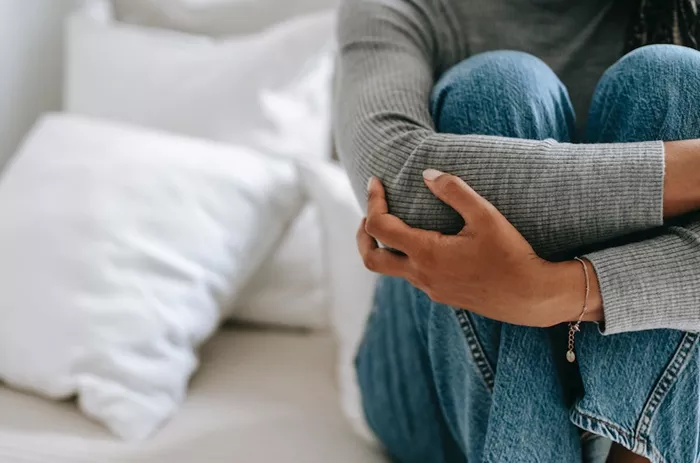Anxiety attacks, also known as panic attacks, are sudden episodes of intense fear and discomfort that can overwhelm a person. These attacks often come without warning and can include physical symptoms such as rapid heartbeat, sweating, trembling, shortness of breath, and a feeling of impending doom. Anxiety attacks are closely linked to mental health conditions like generalized anxiety disorder, panic disorder, and other stress-related illnesses.
Understanding how to calm an anxiety attack quickly is essential for managing these distressing episodes. While anxiety attacks can feel frightening, they are not physically harmful and usually pass within minutes. Learning effective techniques to reduce symptoms can empower individuals to regain control and improve their mental well-being.
Recognizing Anxiety Attacks
Before learning how to calm an anxiety attack, it is important to recognize the symptoms. Common signs include:
- Rapid, shallow breathing or hyperventilation
- Heart palpitations or racing heartbeat
- Sweating and trembling
- Chest pain or tightness
- Feelings of fear, dread, or loss of control
- Dizziness or lightheadedness
- Nausea or stomach discomfort
- Feeling detached from reality or oneself
Recognizing these symptoms as part of an anxiety attack can help reduce fear and confusion during an episode, making it easier to apply calming techniques[1][2].
Effective Techniques to Calm an Anxiety Attack Quickly
1. Deep Breathing Exercises
One of the most effective and immediate ways to calm an anxiety attack is through controlled deep breathing. Anxiety often causes rapid, shallow breaths, which can worsen symptoms. Deep breathing helps slow the heart rate and promotes relaxation.
Try the 4-7-8 breathing technique:
- Breathe in slowly through your nose for 4 seconds
- Hold your breath for 7 seconds
- Exhale slowly through your mouth for 8 seconds
Repeat this cycle several times until you feel calmer. Another method is square breathing, which involves inhaling, holding, exhaling, and pausing each for a count of four[1][5][7].
2. Grounding Techniques
Grounding techniques help bring your attention back to the present moment, reducing feelings of detachment and overwhelming anxiety. A popular method is the 5-4-3-2-1 technique:
- Name 5 things you can see around you
- Name 4 things you can touch
- Name 3 things you can hear
- Name 2 things you can smell
- Name 1 thing you can taste
This exercise engages your senses and helps interrupt the cycle of panic by focusing your mind on your surroundings[3][5][7].
3. Progressive Muscle Relaxation
Muscle tension is common during anxiety attacks. Progressive muscle relaxation (PMR) involves tensing and then relaxing different muscle groups, starting from your toes and moving up to your head. This technique can reduce physical tension and promote a sense of calm[5][7].
4. Visualization and Positive Affirmations
Visualization involves imagining a peaceful, safe place while practicing deep breathing. Engage all your senses to make the image vivid. Combine this with positive affirmations such as “I am safe” or “This will pass” to reinforce calmness[5].
5. Physical Movement
Light exercise such as walking or gentle stretching can help shift your mental state and reduce anxiety symptoms. Movement increases blood flow and can help break the cycle of panic[1][5].
6. Reducing Sensory Overload
During an anxiety attack, stimuli like bright lights or loud noises can worsen symptoms. Closing your eyes or moving to a quieter, less stimulating environment can help reduce the intensity of an attack[2].
7. Sharing Your Feelings
Talking to a trusted friend or family member about your feelings can provide emotional support and reduce the burden of anxiety. Sometimes simply naming the experience out loud can lessen its power[5].
Professional Suggestions and Long-Term Strategies
Seek Counseling and Therapy
Working with a mental health professional can help identify triggers and develop coping strategies tailored to your needs. Cognitive-behavioral therapy (CBT) is especially effective for anxiety and panic disorders[2].
Medication
In some cases, medications such as selective serotonin reuptake inhibitors (SSRIs) or benzodiazepines may be prescribed to manage anxiety symptoms. Always consult a healthcare provider before starting any medication[2].
Regular Practice of Relaxation Techniques
Incorporating relaxation practices like mindfulness meditation, yoga, or regular deep breathing exercises into your daily routine can reduce overall anxiety levels and improve resilience against attacks[6][7][8].
Stress Management
Managing stress through healthy lifestyle choices such as regular exercise, balanced nutrition, adequate sleep, and avoiding stimulants like caffeine can help lower anxiety[8].
Self-Assessment Tests for Anxiety
To better understand your anxiety levels, consider taking standardized self-assessment tests such as:
- Generalized Anxiety Disorder 7-item (GAD-7) scale
- Panic Disorder Severity Scale (PDSS)
- Beck Anxiety Inventory (BAI)
These tools can help identify the severity of anxiety and guide decisions about seeking professional help.
Summary and Encouragement
Anxiety attacks can be frightening but are manageable with the right techniques and support. Immediate strategies like deep breathing, grounding, and muscle relaxation can quickly reduce symptoms. Long-term approaches including therapy, medication, and lifestyle changes promote lasting mental health.
Remember, anxiety attacks will pass, and with practice, you can gain control over your anxiety. Reach out for support when needed and be kind to yourself on your journey toward calm and well-being.
Related topics:
- How To Calm Stomach Anxiety: Fast-Acting Remedies That Work
- How To Calm Yourself From Anxiety?
- Calming the Storm: Do Beta-Blockers Help with Anxiety?


